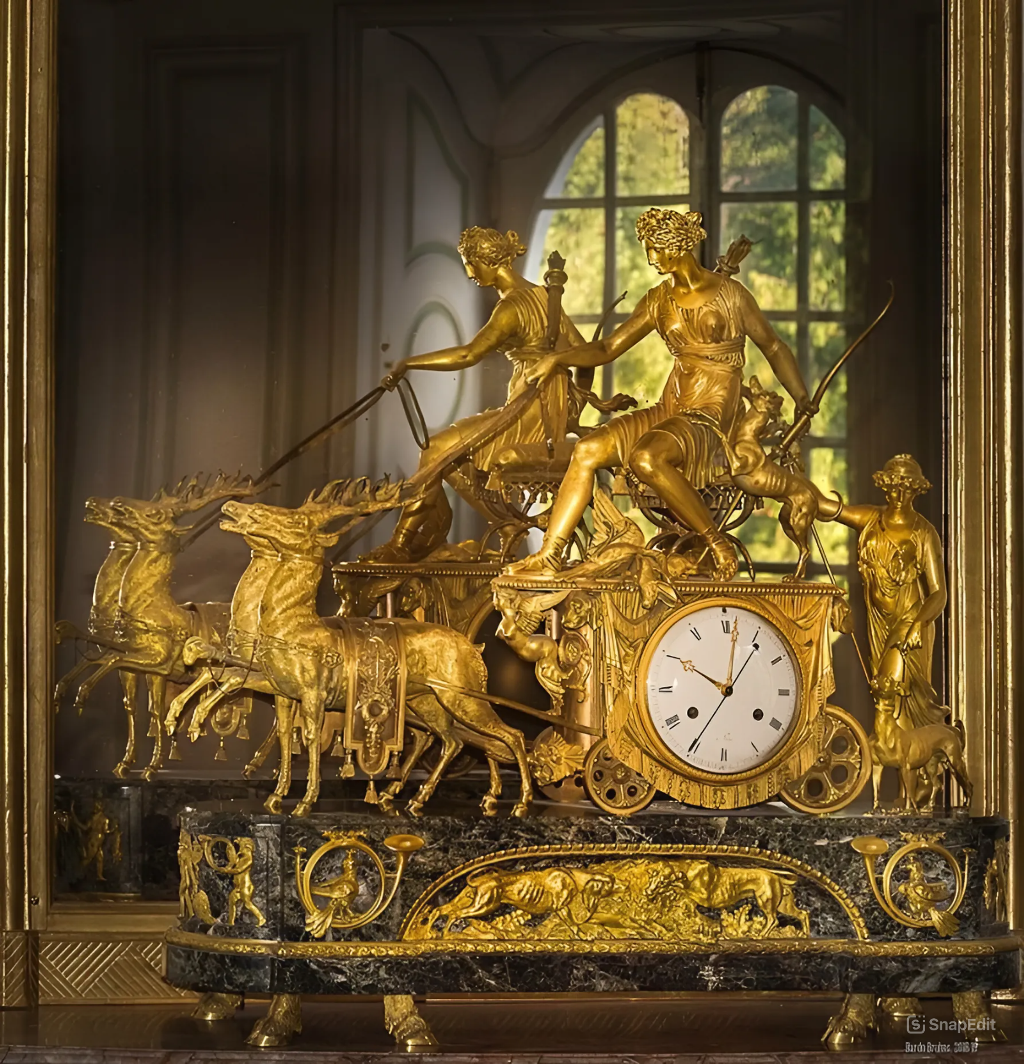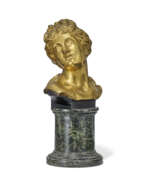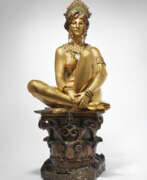Gilded bronze

Gilded bronze
Gilded bronze is a decorative art material, where a thin layer of gold is applied over bronze to create a luxurious finish. This technique, also known as ormolu, originated in France during the reign of Louis XIV and became highly popular in the 18th and 19th centuries.
The process of making gilded bronze involves several intricate steps. Initially, a model is crafted in wax or clay, which is then used to create a mould for casting the bronze. The bronze is cast using the lost-wax technique, where molten bronze is poured into the mould and allowed to cool and harden. After casting, the bronze is meticulously chased and detailed using specialized tools. Finally, the piece is gilded using a mercury amalgam, which is applied and then heated to leave a thin layer of gold on the surface.
Gilded bronze was widely used in furniture mounts, clock cases, and decorative objects, often adding a sculptural element to functional items. Notable examples include the works of André Charles Boulle, renowned for his intricate designs on Louis XIV's furniture, and Pierre-Philippe Thomire, whose neoclassical styles adorned many pieces during the Empire period.
To stay updated on the latest sales and auction events related to gilded bronze, sign up for our newsletter. You'll receive alerts on new product sales and exclusive events straight to your inbox.
| Country: | Europe, France |
|---|---|
| Start of the period: | XVIII century |















